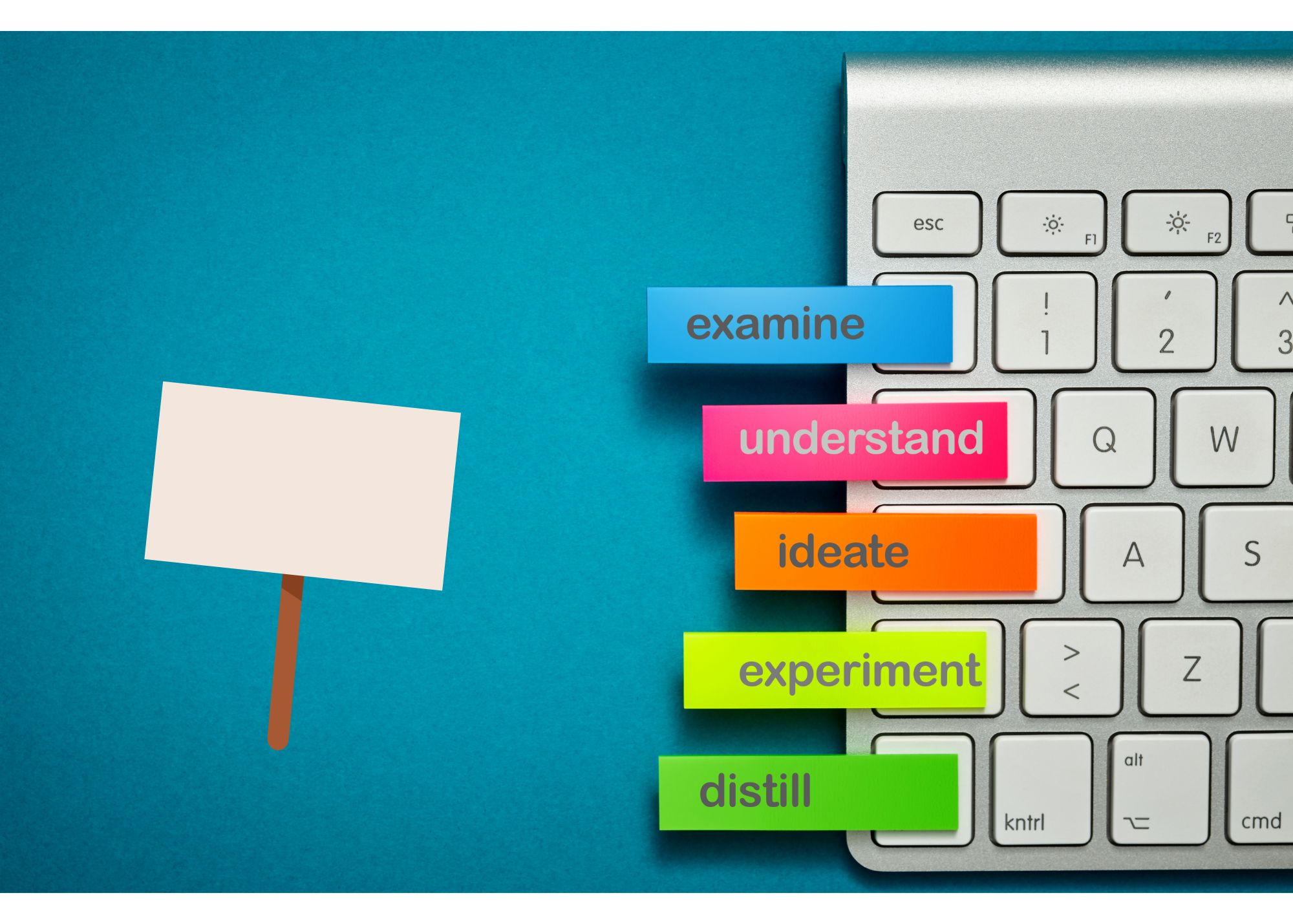Why This Doctor Invests In Tesla Weekly?
I met a doctor recently who has been buying up as much Tesla as he can get his hands on. Remarkably he told me that he buys shares of Tesla every single week, accumulating as big a position as he possibly can.
In light of Tesla shares falling this past week after Musk made some almost outlandish predictions – signaling perhaps the market has lost faith in his big bold statements – we examine what it is that Tesla has going for it that could make the doctor’s strategy so successful long-term. And we explore what it is that might be the pitfall in the bullish thesis.
Key Points
- Tesla’s advanced AI and software-first approach provides a strong competitive advantage through extensive real-time data processing and massive datasets.
- Tesla’s AI extends to humanoid robots that offer the potential for massive profits and scalability.
- Despite delays and market skepticism, Tesla’s autonomous vehicles and humanoid robots could significantly boost its valuation, aligning with bullish forecasts.
Tesla Has Moats Upon Moats
The idea of the economic moat was made famous by Warren Buffett but arguably Musk is making the idea of moats upon moats famous. Tesla has them in abundance so let’s peel the onion to explain what they are.
First off, the world has got to know the power of artificial intelligence thanks to Open AI, but Tesla’s AI, definitionally, has to be superior because it is processing so many more variables and in virtual real-time. It’s also being tested and learning on millions of miles of driving data.
Those are two short sentences to explain its competitive advantage in car manufacturing but they may not be fully appreciated until you think of the competitors, and where they sit.
While Tesla was built as a software-first company on top of a hardware device, other car manufacturers are built with a hardware-first legacy manufacturing process, and attempting to put software on top. The DNA of those firms lacks the software edge, and that makes Tesla very hard to catch, let alone beat.
Even if the rivals did catch up on the software side, they lack the data advantage Tesla enjoys to build the best artificial intelligence, which demands massive data sets.
AI Moat
The AI moat is largely thought of as one that can be applied to cars but it’s clear that Musk has other ideas, such as humanoid robots in the form of Optimus.
Few other firms can even dream of creating such a thing because they lack the know-how to manufacture at scale, which Tesla figured out as part of its Gigafactory rollouts, and they lack the software expertise to ensure a humanoid robot can actually interact, much like a human.
Musk has stated it’s feasible for Tesla to build 100 million of these per year at a $20,000 price point, and create as much as a $1 trillion in profits annually.
So, Musk has figured out how to apply AI to two hardware devices, cars and humanoid robots. With its AI advantage, it would be foolish to think a myriad more are not possible.
The Robotaxi Forecast
When Musk went on stage to discuss the potential for $1 trillion in annual profits from humanoid robots, TSLA share price fell by 2%. And that may well be a reaction to investors fatigue that other predictions have not yet manifested.
Take the robotaxi forecast as an example. Originally, they were slated to go live years ago but it still seems like it may be years before the famous switch is flipped and all Tesla cars can drive autonomously.
If Musk can solve that problem, though, Cathie Wood predicts a 10x increase in share price is feasible. If she’s right, Musk is likely to be the first trillionaire.
If she’s wrong and robotaxis fail, Musk still has the optionality of humanoid robots to 10x the valuation of the firm.
So, Why is the Doctor Buying So Much Tesla Stock?
It boils down to Tesla’s massive advantage in software and AI specifically that can be applied to cars first, humanoid robots second, and most likely many more devices over the long-term. Plus, the manufacturing advantage to produce these creations at scale, and sell globally.
In addition, the optionality from turning Tesla cars into autonomous driving vehicles and the robotaxi market launch could 10x the stock in the eyes of Cathie Wood.
If any one of these initiatives turns out be anywhere near as successful as Musk envisions, it’s likely today’s half trillion dollar valuation will seem cheap 5-10 years from now, leaving the doctor very well-off.



